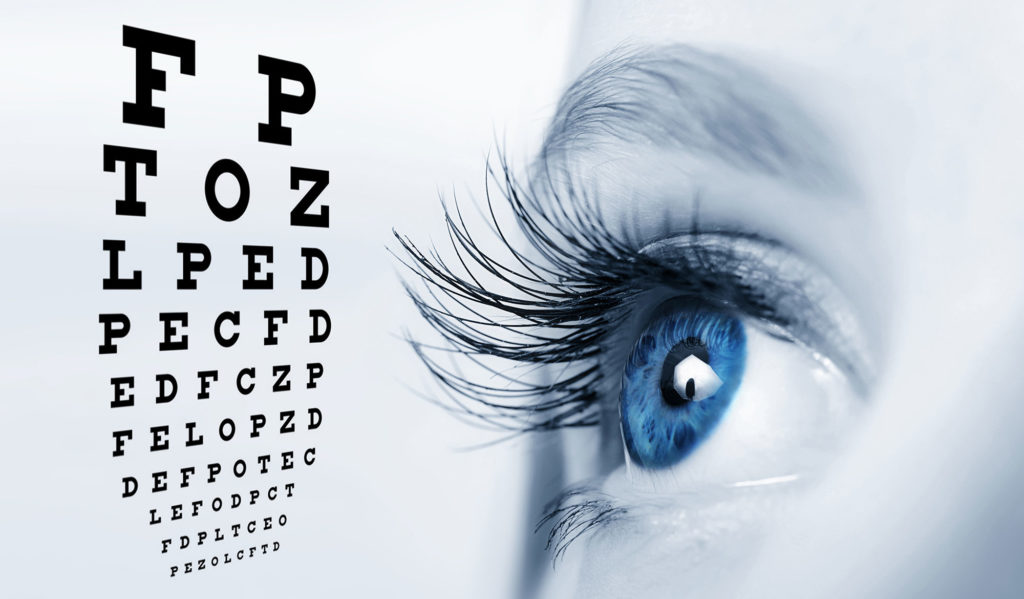Blepharitis
Blepharitis often starts with problems in certain glands in the eyelids. These glands are known as meibomian glands and make a special oil called meibum. Normally, meibum is secreted onto the eyelids and forms a protective barrier to keep the tears from irritating the delicate skin of the lids. Meibum also is released into the tears, helping them to better protect the eyes from dryness. The term for poorly performing meibomian glands is Meibomian Gland Dysfunction, or MGD.
In blepharitis, the body begins to produce meibum that is too thick, or even stop making it at all. This leads to redness and irritation of the unprotected eyelids, often along with flaking and crusting of the lids.

Since the thick oil isn’t properly released and dissolved into the tears, the surface of the eye dries more easily and becomes irritated. This can happen even though there may be enough tears produced. Thus, many people with “dry eyes” actually make enough tears, but the tears don’t effectively keep the eye lubricated.
Blepharitis sufferers typically have good and bad days. Certain activities and conditions can temporarily worsen blepharitis symptoms, including hot or cold weather and lengthy computer or phone use. Also, rosacea sufferers can have eyelid rosacea, which causes many of the same symptoms as blepharitis.
While blepharitis is a chronic skin condition that can’t be cured, there are effective treatments to help with symptoms and improve your quality of life.
Chalazion or Stye
If the meibum in the oil-producing glands gets too thick, it can actually block the gland and cause an eyelid bump known as a chalazion, often called a stye. These blocked glands will often become infected and lead to swelling, redness, and soreness of the eyelid.
How can I treat chalazion?
A chalazion is typically an acute problem. If they are mild and caught early, they can often be treated at home. Home treatment consists of warm compresses for 5-10 minutes several times a day, followed by a light massage of the closed eyelids. The heat will help soften the oil and the massage can help express the infection out of the eyelid gland.
If a chalazion does not respond to compresses, medical attention will be necessary. Treatment options can include draining the infected gland in the office and possibly an injection of steroid medication into the lid to reduce swelling and pain. Typically oral antibiotic pills are needed to fight the infection.
Antibiotic eye drops and eye ointments (including over the counter stye medications) are not effective for shrinking a chalazion. Since the infection is deep in the gland, topical medications will not treat the underlying problem. However, in some cases topical lubricants like artificial tears will help the eye feel more comfortable.
How Can I Treat Blepharitis and MGD?
Blepharitis and MGD are usually chronic problems and the goal of treatment is to control them, not necessarily cure them. The mainstay of treatment is eyelid hygiene. Your eye doctor will discuss which of the following treatments may be useful:
- Apply warm compresses (such as a Bruder mask) to the eyelids for 3-5 minutes several times a day.
- Clean the eyelids daily with an eyelid cleanser like Ocusoft or Avenova.
- Use artificial tears specially formulated for blepharitis and poor meibomian gland function such as Retaine or Systane Balance.
- When needed, use topical and/or oral medications as prescribed by your eye doctor.
Due to its tendency to flare up at times, most patients have episodes where they will require more frequent and intense treatment to control their blepharitis. This is especially true in cold winter or hot summer months.
In the long run, controlling meibomian gland dysfunction is important because it usually will worsen over time if not treated. Thankfully, with newer medications, treatments and artificial tears, the symptoms of meibomian gland dysfunction can be more easily controlled than ever before.
